Tuesday, April 25, 2023 14:57 (GMT+7)
(CPV) - The Southeast Asian Games Federation (SEAGF) Council has just approved new regulations for the SEA Games, including classification of sports and competition content, applied from the 33rd SEA Games in Thailand. Accordingly, the SEA Games standards are raised and the host country's privileges are further restricted.
The purpose of the amendment is to bring the SEA Games closer to the ASIAD and Olympic standards. The new regulations require the host country to include mainly Olympic and ASIAD sports in the list of organizations, while minimizing local sports that are beneficial to the host country. This issue has been raised many times in previous SEAGF meetings but has not been unified in the regulations and depends on the decision of the host country.
The SEA Games continue to be divided into three groups, with athletics and swimming in group one (compulsory). Group two includes at least 15 sports from the Olympics, ASIAD or Asian indoor games such as: football, volleyball, shooting, archery... Group three is local sports that the host has strengths in. The host can only choose a maximum of 2 sports with a total of 8 competitions.
The disciplines and sub-disciplines include: arnis, chess, bodybuilding, diving, kempo, netball, muay, lawn bowling, dance sports, pencak silat, petanque, traditional boat racing, shuttlecock, vovinam and water skiing.
With this move, the Southeast Asian Games Federation hopes to take the first solid steps in the process of raising the level of sports in the region. The idea of focusing on Olympic sports from the 2025 Games in Thailand has also quickly received great support from other countries.
In addition to the charter, SEAGF hopes that Thailand will achieve its goal of selling television rights. This was supposed to be done at the 32nd SEA Games but the Cambodian government decided to waive television rights./.
HN
Source link




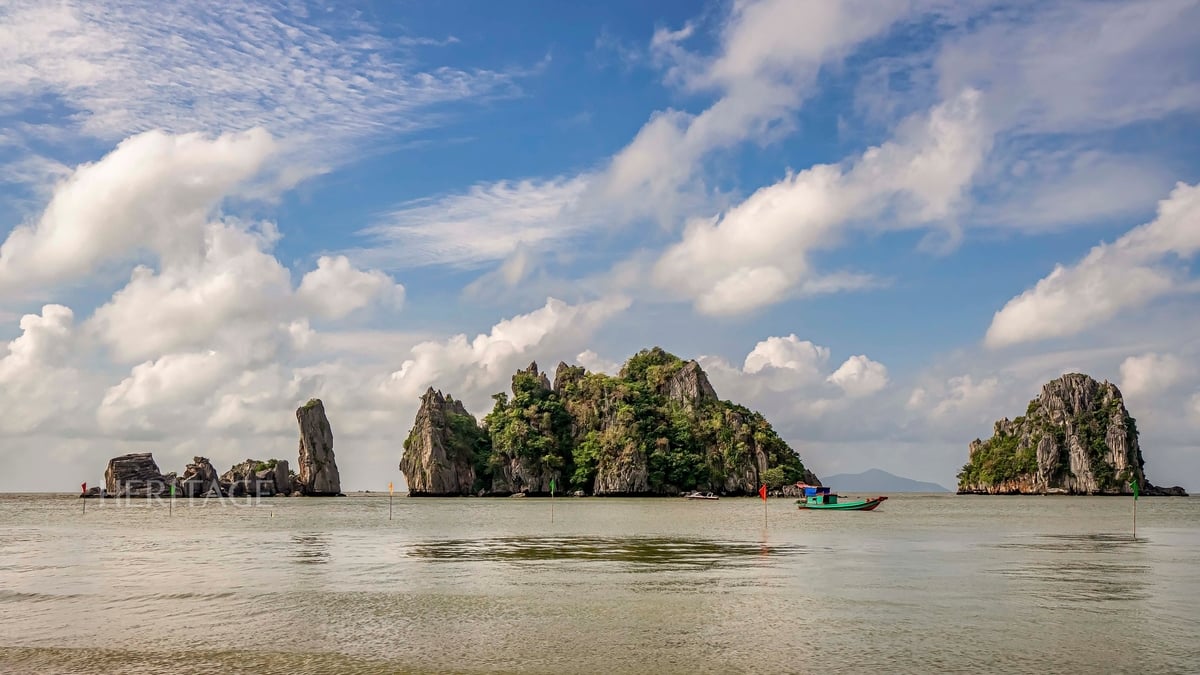







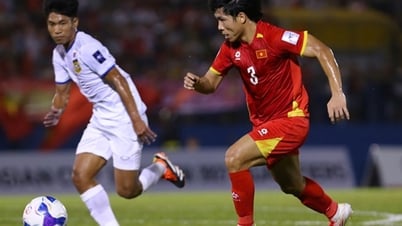


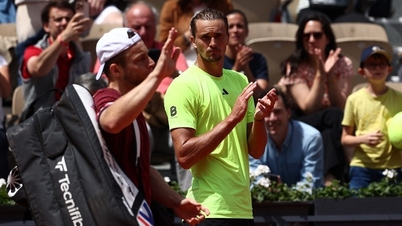








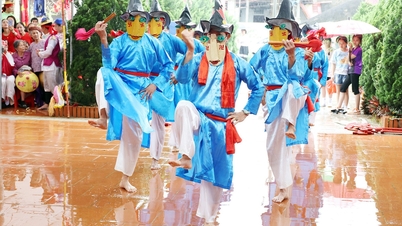

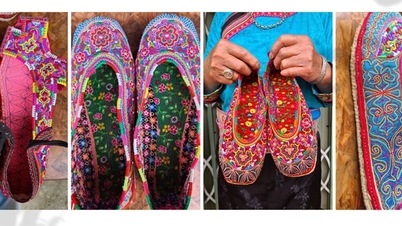


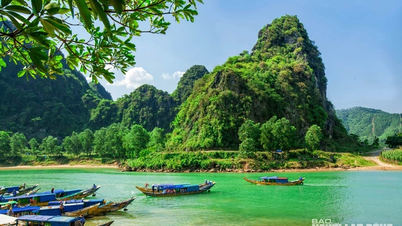







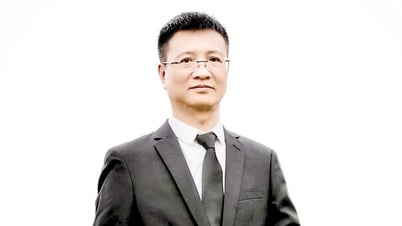

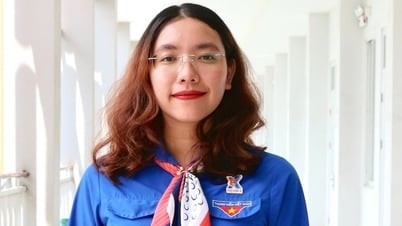


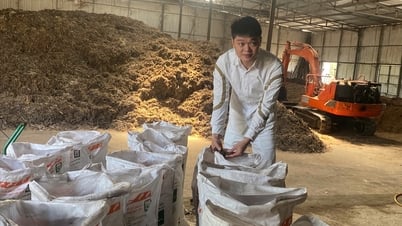





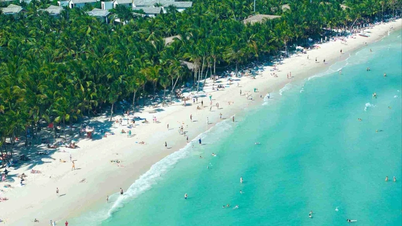






















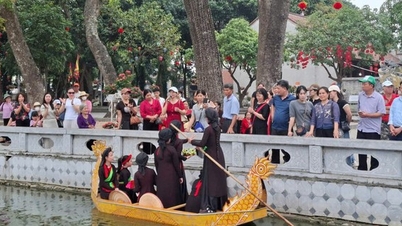
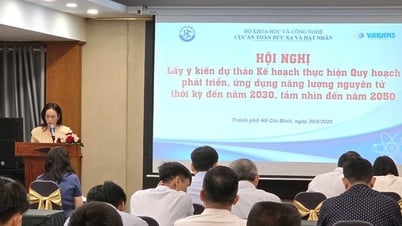
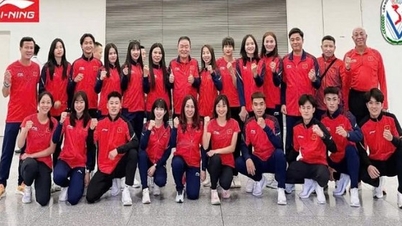


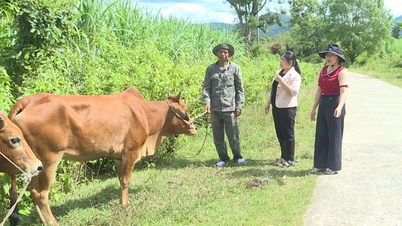
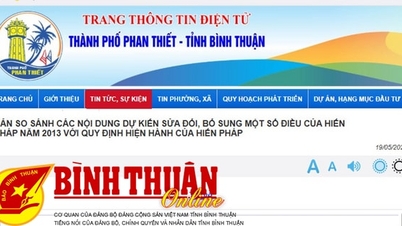





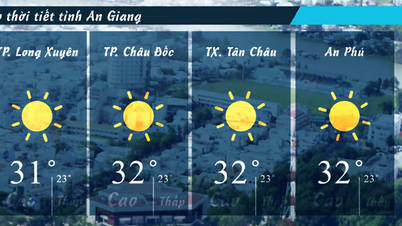











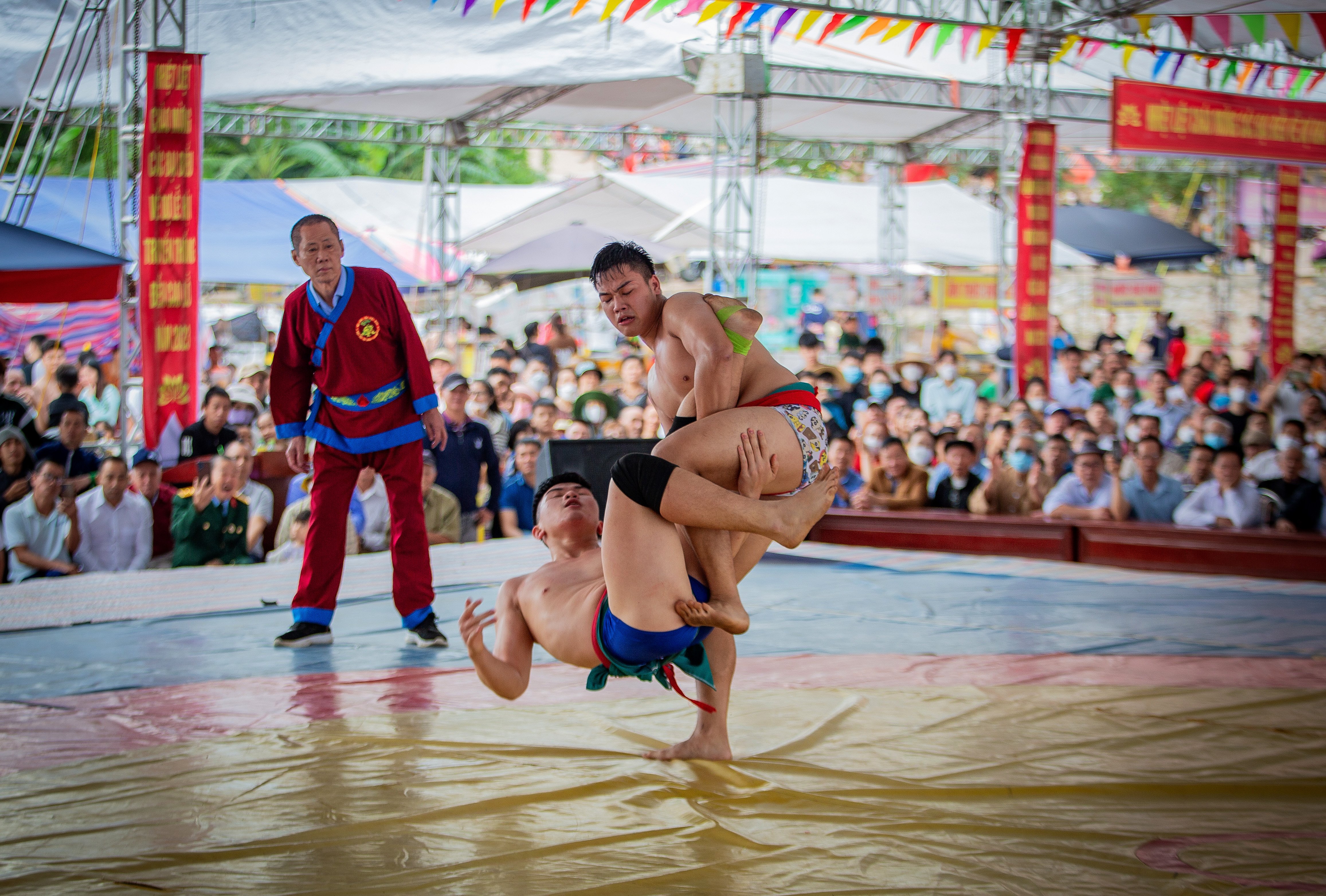
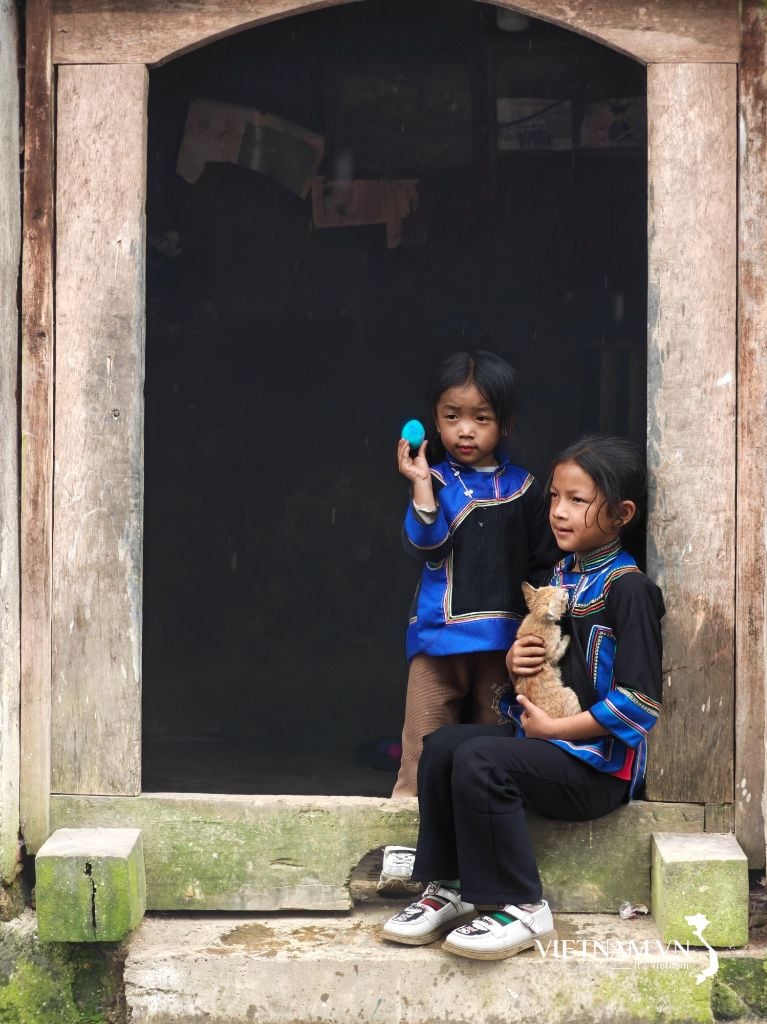


Comment (0)